Sourdough Oatmeal Bread
5.0
(1)
Your folders
Your folders
Prep Time: 240 minutes
Cook Time: 45 minutes
Total: 1605 minutes
Servings: 1
Author : Kate Freebairn

Ingredients
Export 5 ingredients for grocery delivery
Instructions
Step 1
Autolyse:Weigh out your starter and water in a glass or ceramic bowl. Mix them together so that the starter is dissolved.Then add your flour, salt and chopped rolled oats and mix altogether with the end of a wooden spoon. The dough will be fairly shaggy and only just brought together (see photo).
Step 2
Forming Up Your Dough:Work your way around the bowl, grabbing the dough from the outside, stretching it up and over itself until a smooth ball is formed. You shouldn't need more than about 20-25 folds to form the ball.Once the dough has formed into a smooth ball, pop the cling film back on and let it rest for 30 minutes.
Step 3
Stretch & Fold:You need to add the whole rolled oats to your dough during the stretch and fold phase. It's very easy to do! Try to add the oats around the second or third set of stretch and folds. So do your first set of stretch and folds with the dough as is and then add the oats on the second (or third) set depending on how your dough is behaving. Try to do around 4 sets of stretch and folds with around 15 to 30 minutes between each set.Optional - you can add the wholed rolled oats via lamination if you desire (see notes for extra info)
Step 4
Bulk Ferment:Once you've finished your stretch and folds, place the cling film or damp tea towel back over your dough and let it rest and ferment. The time this takes will depend on the temperature in your home. (see notes)
Step 5
Shaping Your Dough:Once your dough has finished its first ferment, it's time to give it some shape and surface tension. I think this recipe lends itself to a batard however it's completely up to you what shape you would like.Before you place your dough into your banneton, add a generous sprinkling of rolled oats. Place your shaped dough on top of the oats, seam side up. The oats will stick to the top of your dough as it cold ferments.
Step 6
Cold Ferment:Now your dough is in it's "shaping container" cover it loosely with a plastic bag or damp tea towel and place into the fridge. I use a large plastic bag to cover it - I just reuse it each time.Try to leave it in the fridge for a minimum 5 hours up to a maximum of around 36 hours. The longer you leave it the better your bread will be! A longer cold ferment creates beautiful blisters on your crust and a deeper sourdough flavour.
Step 7
Preparing To Bake Your Sourdough:Once you're ready to bake your sourdough, you'll need to preheat your oven to 230C/450F. Place your Dutch Oven into the oven when you turn it on so it gets hot. Try to preheat for around 1 hour to ensure your oven is super hot - but you know your oven so just adjust this time if you need to.Leave your dough in the fridge until the very last minute - placing a cold dough into a hot oven will give you a great "spring".
Step 8
Baking Your Sourdough:When your oven is at temperature. Take your sourdough out of the fridge. Gently place it onto a piece of baking paper.Gently score your bread with a lame, clean razor blade or knife. The oats will mean you can't get too artistic - a single slash or cross is perfect for this loaf.Carefully take your dutch oven out of the oven. Place the sourdough into the pot using the baking paper as a handle. Put the lid on and place into the hot oven. If you want to you can spritz your dough with extra water before you put the lid on.BAKE TIME:30 Minutes with the lid on at 230C/450F plus10-15 Minutes with the lid off at 210C/410FIf you're worried about the base of your bread burning, place a baking sheet on shelf underneath your Dutch Oven - it works!
Step 9
Finishing Your Bake:When you remove your dough from the oven, carefully remove it from the dutch oven as soon as possible and place on a wire rack to cool.
Top similar recipes
Curated for youYour folders

 80 views
80 viewsOatmeal Sourdough Bread
amybakesbread.com
5.0
(5)
45 minutes
Your folders

 446 views
446 viewsSourdough Oatmeal Pancakes
vanillaandbean.com
5.0
(3)
12 minutes
Your folders

 296 views
296 viewsSourdough Oatmeal Cookies
baking-sense.com
4.5
(4)
8 minutes
Your folders
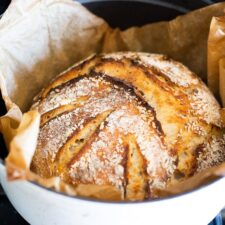
 2344 views
2344 viewsSourdough Bread
feastingathome.com
4.9
(468)
13 hours
Your folders
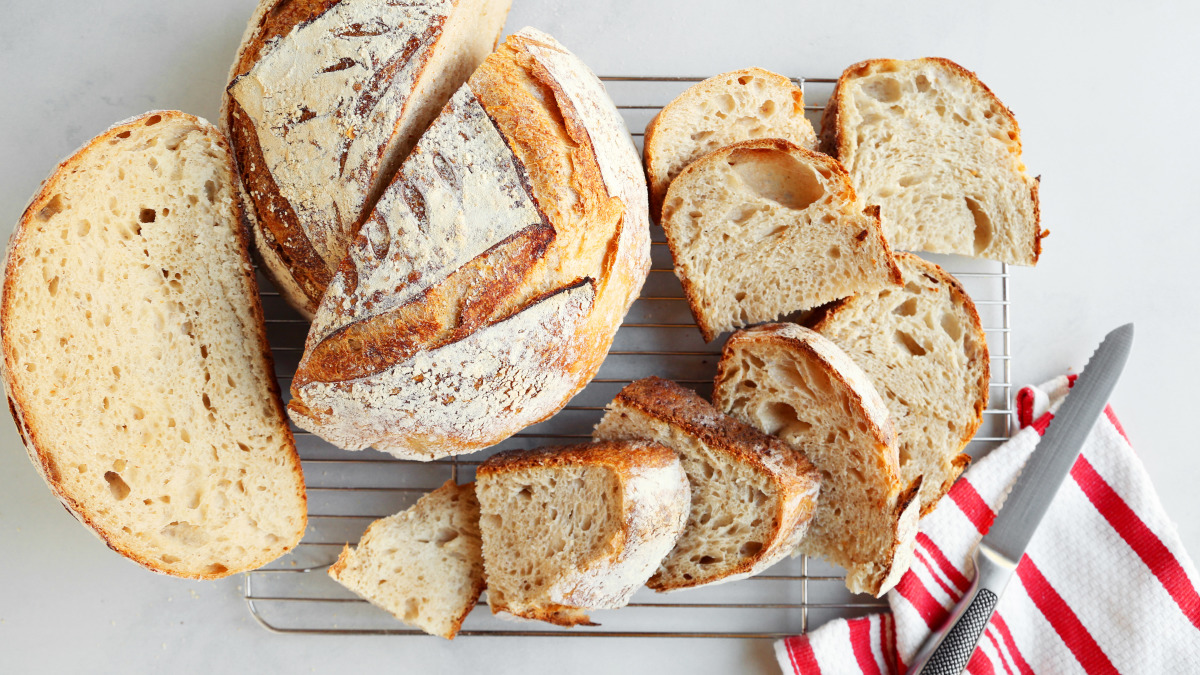
 504 views
504 viewsSourdough Bread
food.com
50 minutes
Your folders

 357 views
357 viewsSourdough Bread
bhg.com
4.3
(20)
Your folders
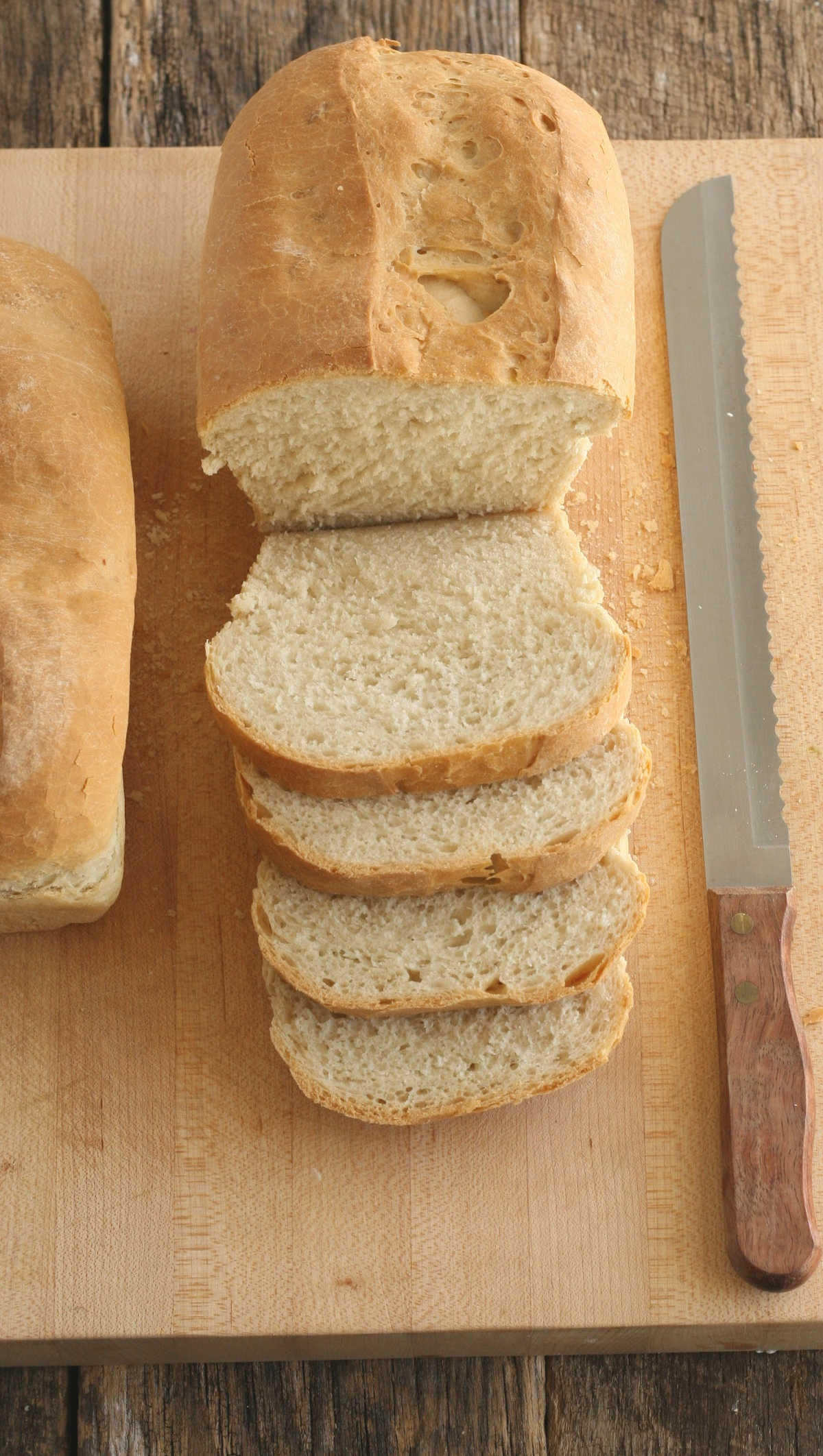
 587 views
587 viewsSourdough Bread
afarmgirlskitchen.com
5.0
(20)
40 minutes
Your folders
 128 views
128 viewsSourdough Bread
afarmgirlskitchen.com
Your folders

 355 views
355 viewsSourdough bread
jamieoliver.com
Your folders

 386 views
386 viewsSourdough Bread
preppykitchen.com
5.0
(8)
40 minutes
Your folders
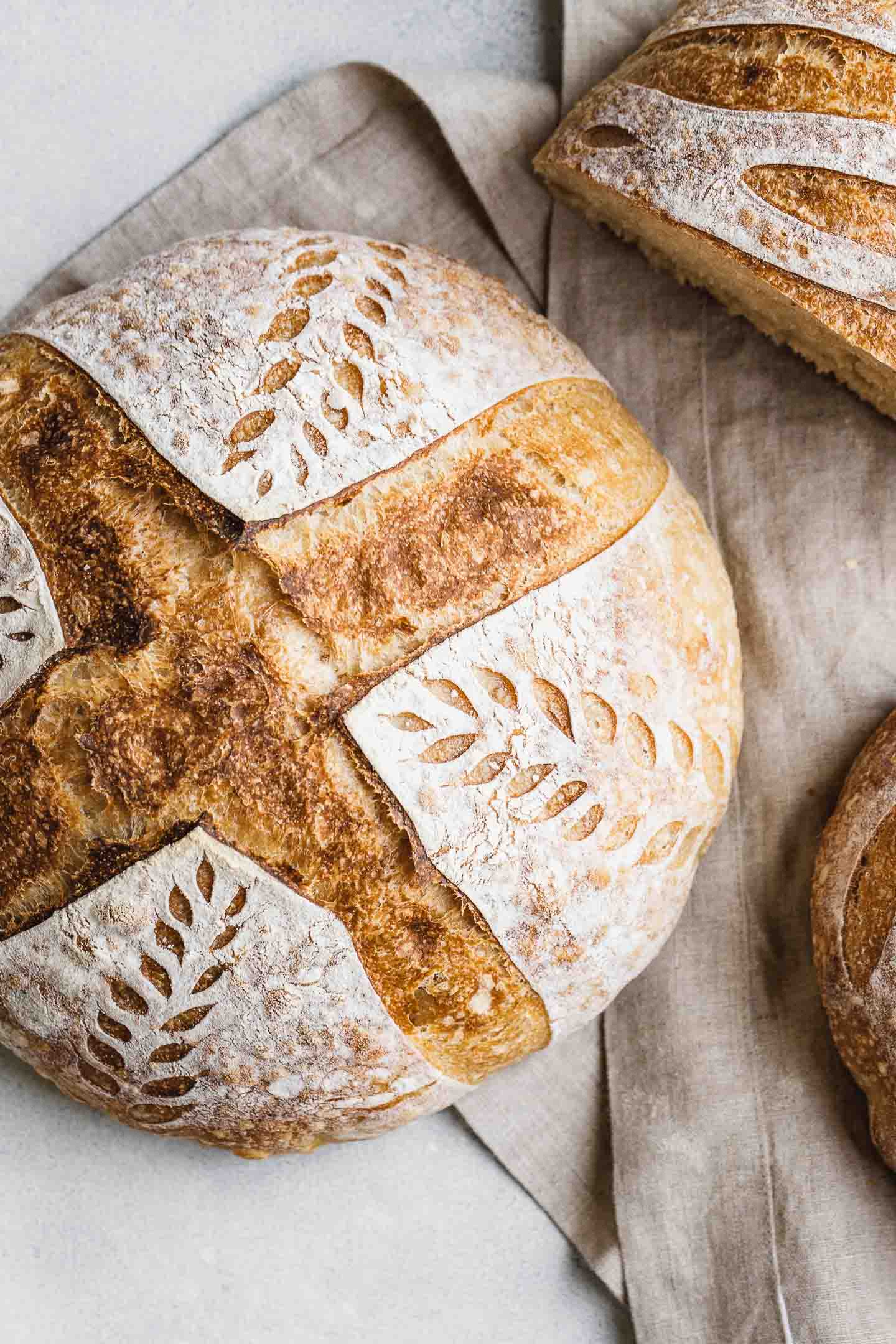
 795 views
795 viewsSourdough Bread
amyinthekitchen.com
4.9
(46)
45 minutes
Your folders

 28 views
28 viewsSourdough Bread
eatathomecooks.com
Your folders
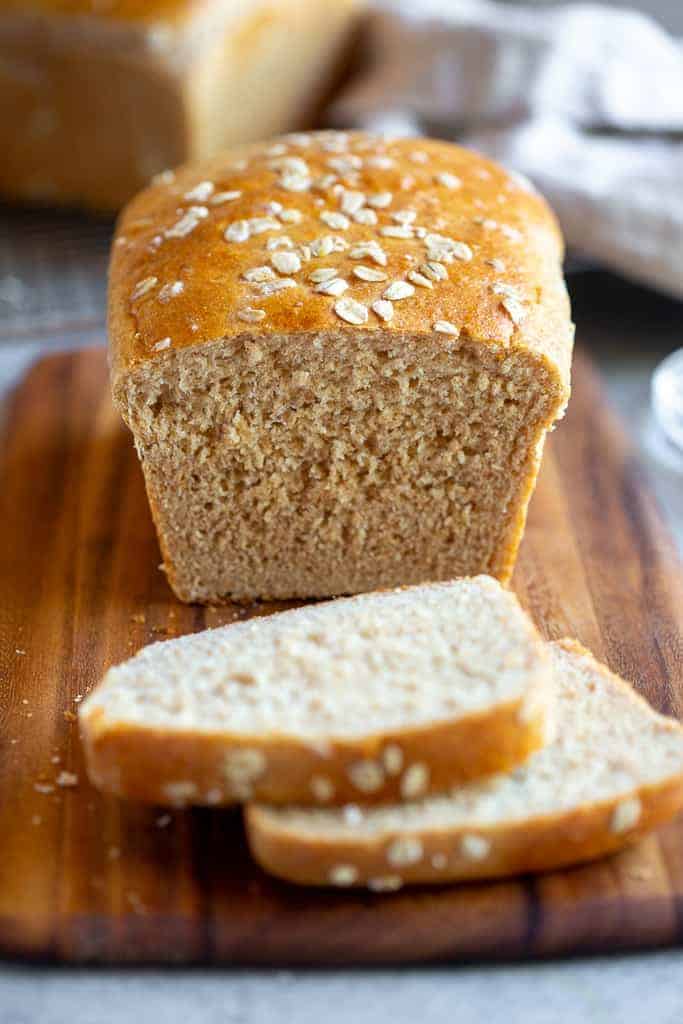
 414 views
414 viewsOatmeal Bread
tastesbetterfromscratch.com
5.0
(84)
40 minutes
Your folders

 208 views
208 viewsOatmeal Bread
frugalfitmom.com
30 minutes
Your folders
 78 views
78 viewsOatmeal Bread
frugalfitmom.com
Your folders

 91 views
91 viewsOatmeal Bread
tasteofhome.com
4.6
(12)
35 minutes
Your folders
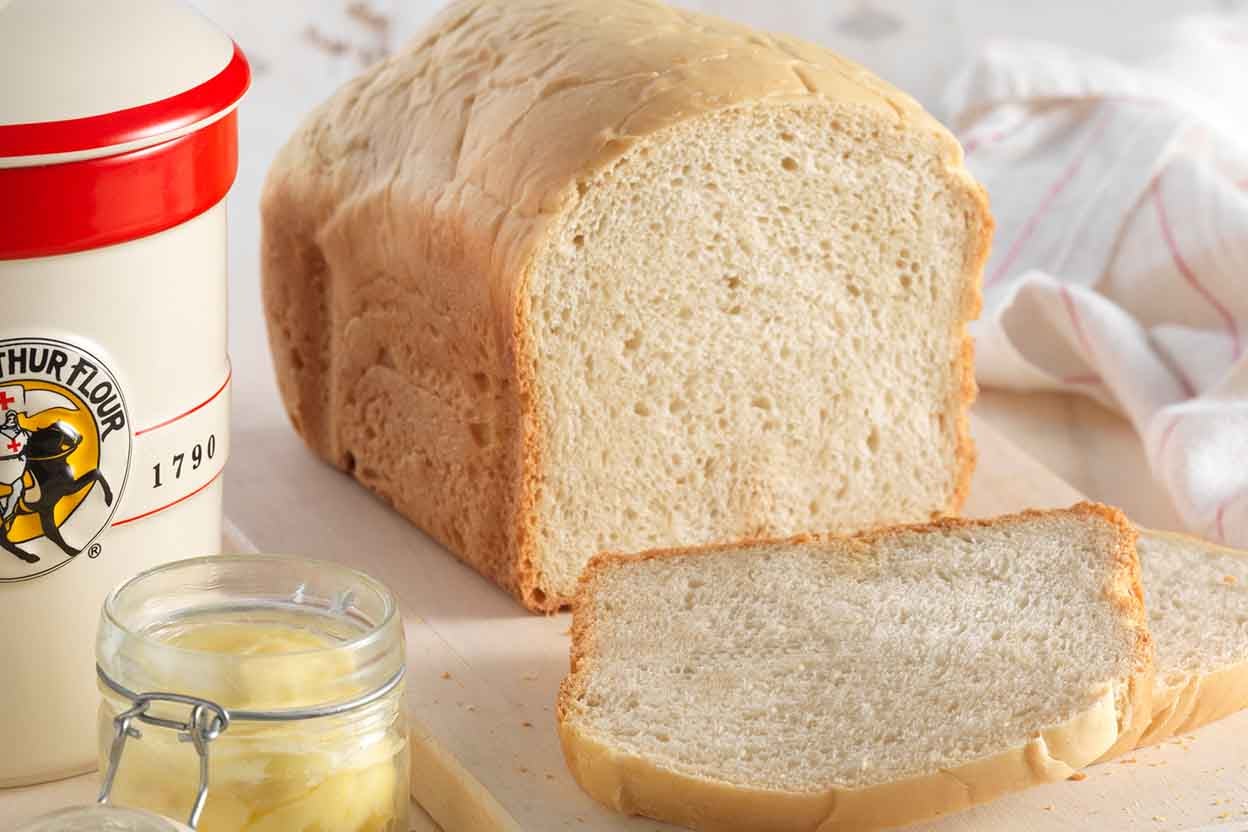
 754 views
754 viewsBread Machine Sourdough Bread
kingarthurbaking.com
4.2
(102)
1 hours
Your folders

 208 views
208 viewsSourdough Oatmeal Cookies Recipe
thegingeredwhisk.com
4.5
(58)
12 minutes
Your folders

 643 views
643 viewsPumpkin Sourdough Bread
zestysouthindiankitchen.com
4.9
(143)
50 minutes